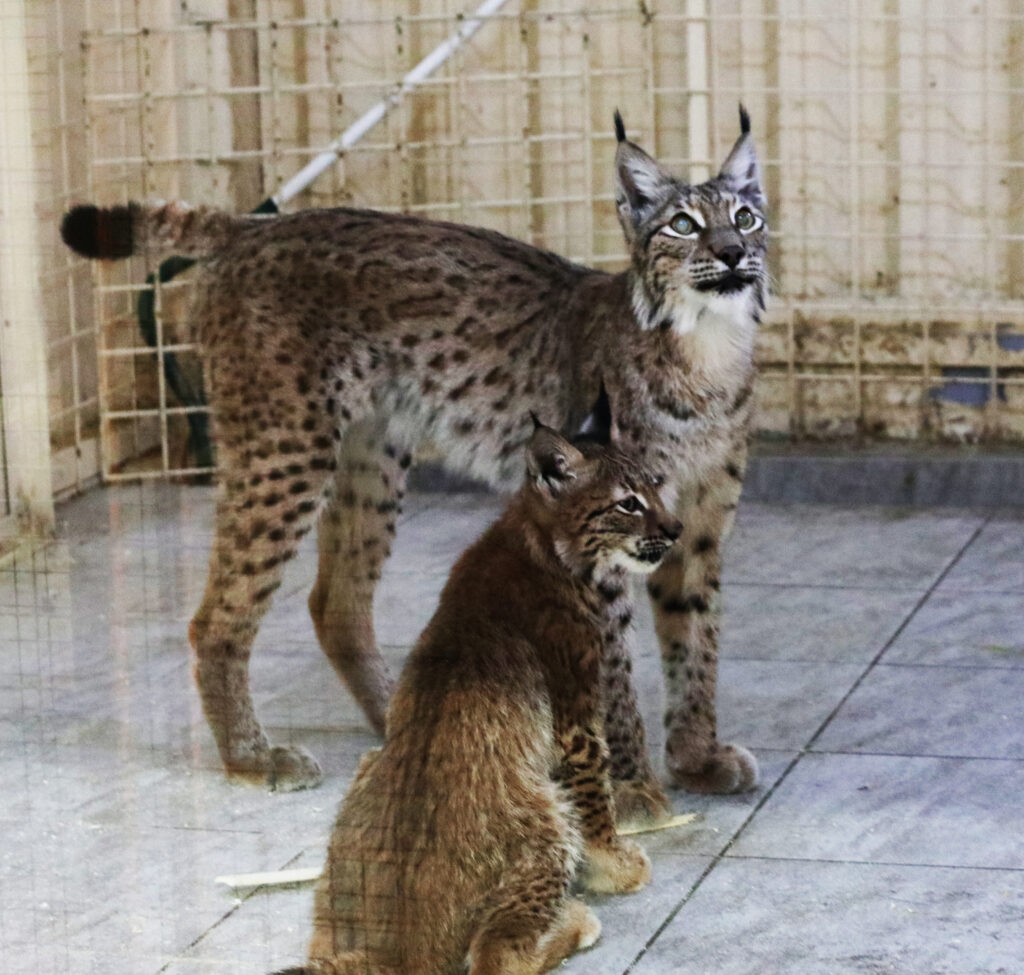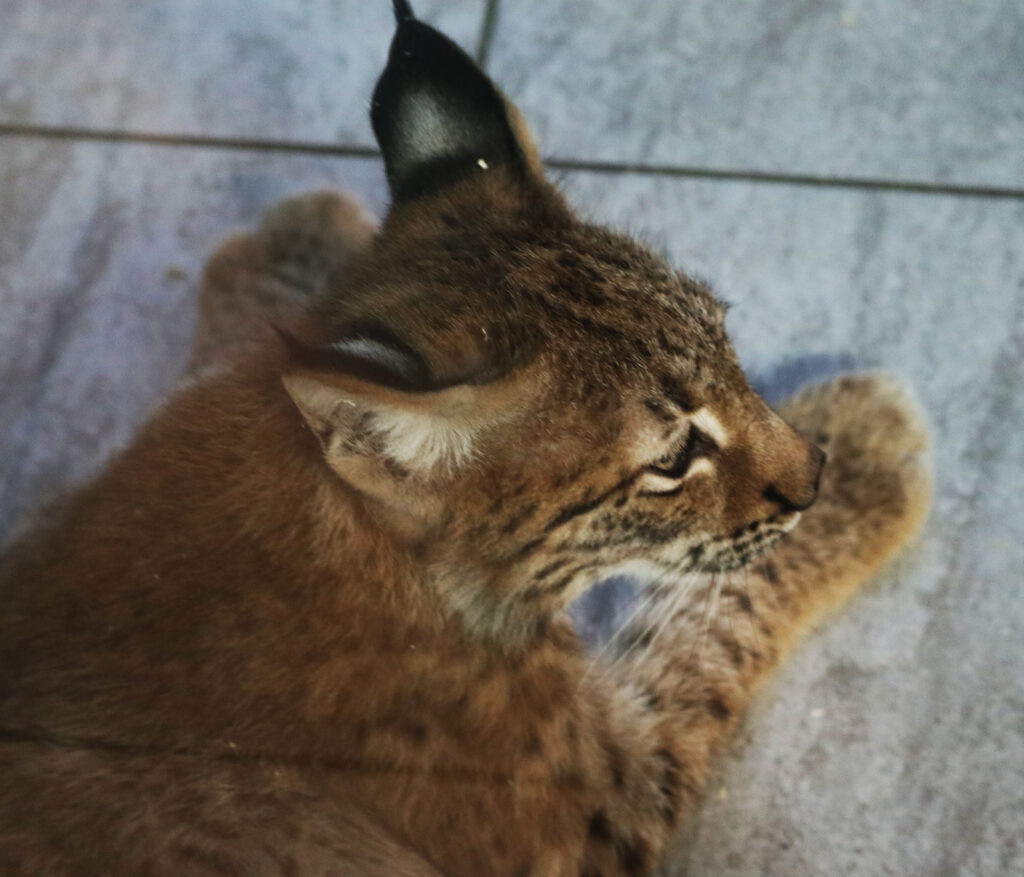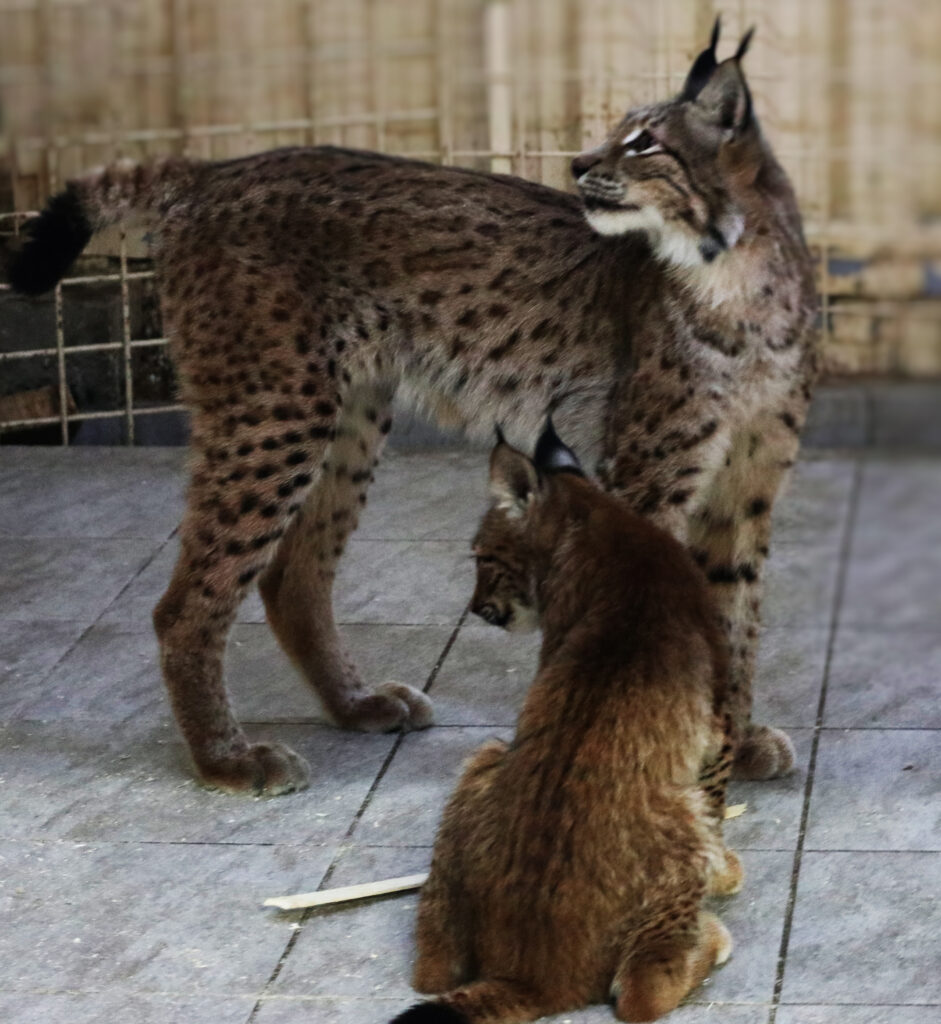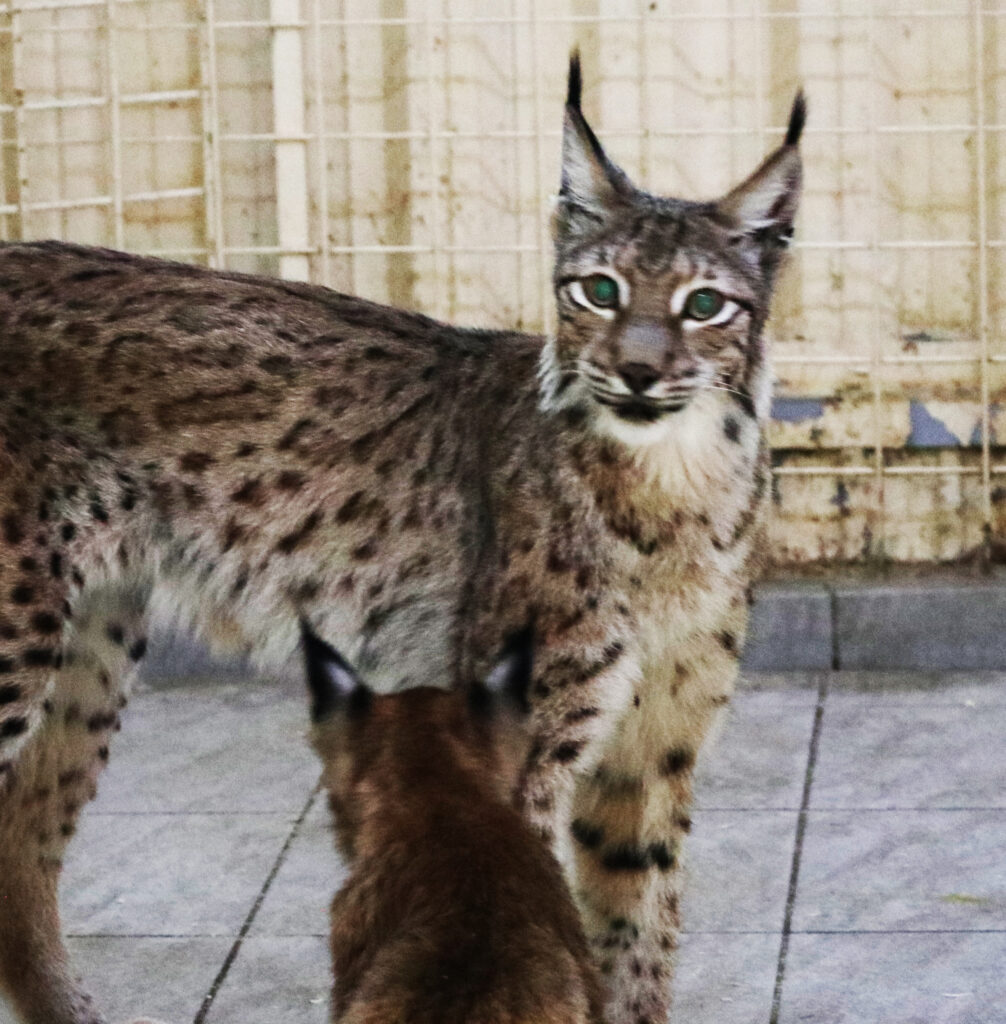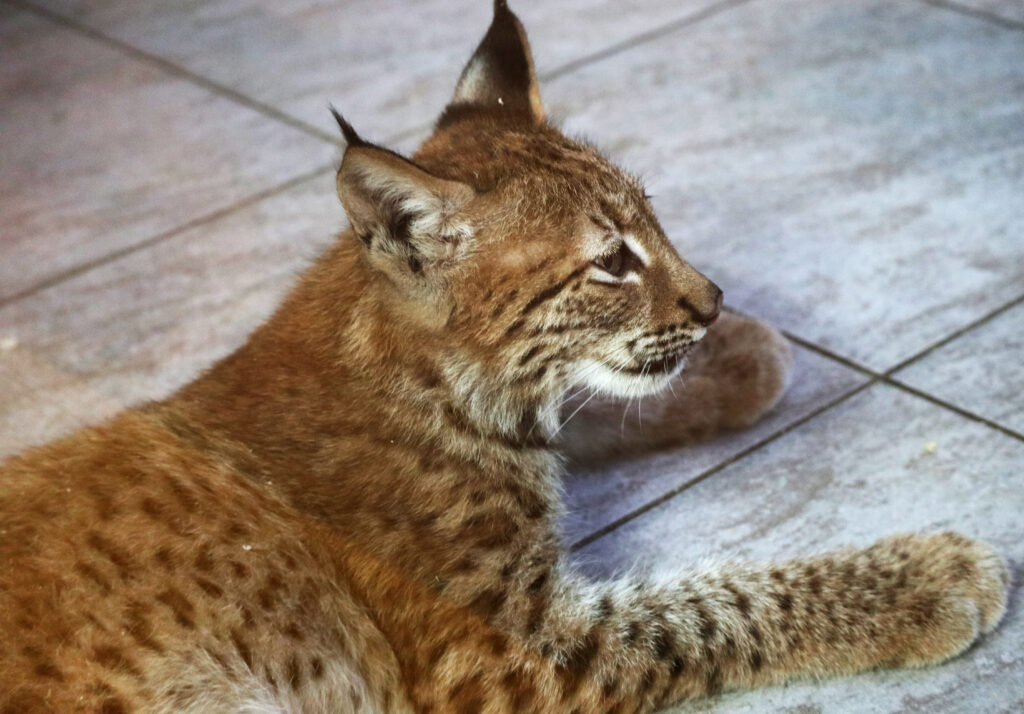Lynx
Class: Mammals
Order: Carnivores
Family: Felidae
Weight: 18-25 kg, occasionally reaching up to 35 kg
Height: 50-70 cm at the shoulder
Body Length: 80-130 cm
Color: varies from reddish-brown to pale-grayish, with more or less pronounced spotting on the back, sides, and legs
Age of Sexual Maturity: 21-33 months
Gestation Period: about 63-70 days
Lifespan: in the wild, 15-20 years
Habitat: forests of Eurasia and North America, sometimes found beyond the Arctic Circle. Prefers dense dark coniferous forests, taiga, though can be found in various habitats, including mountainous forests. Occasionally ventures into forest-steppe and forest-tundra.
Diet: field voles, lemmings, rabbits, birds, roe deer, sika deer, reindeer, capercaille
Did You Know?
- The lynx is the most northernly cat living on Earth, with individuals even inhabiting areas beyond the Arctic Circle.
- By the mid-20th century, lynx were nearly exterminated across most of Europe, but their population has almost been restored by now.
- Lynxes are excellent swimmers, and they can effortlessly climb trees and rocks.
- In a day, a lynx can cover up to 30 kilometers.
- Lynx kittens are born deaf and blind. Their eyes only open on the 12th day after birth.
- The lynx’s fur is so fluffy, dense, and pleasant to the touch that it has few competitors among the hides of other animals.
- The lynx has excellent hearing and can hear the footsteps of a person walking through the forest several kilometers away.
